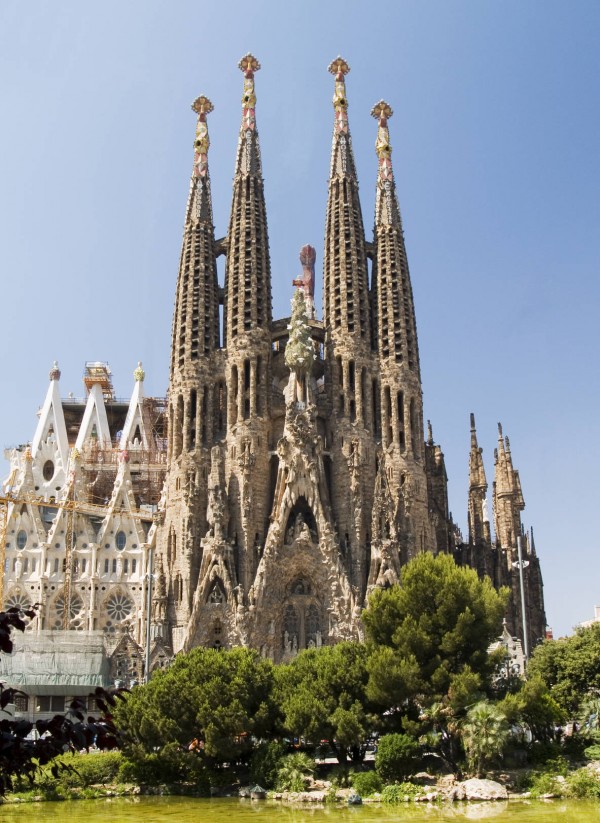Monday, January 14, 2019
Rancho Santana, Nicaragua.- Dinner last night was at Mad Dog’s, located about 20 minutes west of Rancho Santana on the coastal road by the turnoff to Guasacate.
It sits in the corner of a brand-new shopping mall that is said to have been built by “the Italian guy that owns that huge house with the giant blue dome on the beach.” I find that easy to believe. Both structures are wonders in bad taste.
Partly because it is new, but mostly because tourism in Nicaragua has all but disappeared since the political protests began early in 2018, the mall has only this one tenant. (And three cars in the parking lot last night.)
It’s called a pizzeria. And although it does serve pizza, one can see that it’s really a wannabe restaurant, with a menu that includes appetizers and entrees, as well as wines, beers, and desserts.
The layout is unfortunate: one oversize room, heavy on the marble, topped by a ceiling fresco of the sky and ducks (of all things). And the place is lit up like an operating room.
I’ve seen restaurants like this in some of the smaller cities of Italy. Just last year, we had dinner with Peter and Jill at one in Salerno. We would have never thought of entering based on its appearance. But it was recommended confidently (and correctly, as it turned out) by a pretty young woman on the street as having the best pizza in town. But that was Italy. This is Nicaragua.
Andy and Cecily were still on their way, coming back from a day-long adventure that included climbing the Mombacho volcano, visiting a coffee plantation, having a late lunch in Granada (the most perfectly preserved Spanish Colonial city in the Americas, according to UNESCO), and then zip-lining. (“We never got to take the boat tour of the isletas of Lake Granada,” Cecily complained. “We ran out of time.”)
So there were seven of us for dinner at Mad Dog’s, including my sister Gaby, who has lived in Rome for 30 years; Cecily and Andy, who met while working for me 30 years ago; Tommy, my friend of nearly 60 years; and Tommy’s 180-pound, 11-year-old son Billy, who was halfway through a warm-up pizza when we arrived.
The waitress spoke some English, which would have been unheard of 20 years ago when I first came to Nicaragua. She was far from fluent, but she was familiar with such idioms as, “I’ll check it out.” (I wondered about the history of that.)
The menu was odd. Light on salads and vegetables, heavy on pizzas, and featuring six entrees, half of which were not available. I chose the pork belly, which turned out to be a mistake. But everyone else’s meals were reported to be “good” to “very good.” Tommy said his lamb was the best he’ ever had. And “little” Billy finished his pizza and ordered a few tacos to boot.
As near as I can recall, the dinner conversation was mostly about nothing. But there were two discussions that I did enjoy.
One was about the difference between sweet potatoes and yams. (Most yams – and almost all sold in US supermarkets – are actually a type of sweet potato, softer and more orange than the harder type that retains the name. True yams are entirely different. They come from a plant that is native to Asia and Africa, and are sold only in specialty shops.)
The other one was a brief argument about the meaning of the word “Palladian.” I had come across it during my daily exercise of looking for new or unfamiliar words. The reference I used defined it as somehow related to the goddess Athena – in particular, as “something that gives symbolic protection,” like the many statues of Athena that you see all over the classical world. But Cecily thought it had to do with architecture.
I looked it up – and we were both right. Palladian architecture is a 17thcentury neoclassical style – symmetrical and balanced – that was inspired by the work of the 16thcentury Venetian architect Andrea Palladio (1508-1580).
It looks like this:
Driving back to the ranch in the blackness, the car’s suspension system rattling from the hard dirt and rock road, I thought about how lucky I am to be having ordinary dinners in such extraordinary places with people I’ve known for so many years.




